Summary
- Retold’s Chinese pantheon, Immortal Pillars, improves design, storytelling, and mechanics over Tale of the Dragon.
- New titan Xingtian is a formidable upgrade over the boring old titan Pangu, representing a significant visual and gameplay improvement.
- Enhanced hero types, units, mechanics, and god powers make Immortal Pillars’ Chinese pantheon unique and more enjoyable than its predecessor.
In Age of Mythology: Retold, the Immortal Pillars expansion introduced the Chinese pantheon, along with major gods like Shennong, Nuwa, and Fuxi, plus a bunch of cool minor gods. But veteran players know this isn’t the first Chinese pantheon in the game.

Related
Age Of Mythology: Retold – Daily Celestial Challenge, Explained
Conquer the Daily Celestial Challenge and claim your rewards!
The non-Retold version once had a Chinese pantheon called Tale of the Dragon, which didn’t exactly win any fan awards—voice acting, animations, and more were hit with a barrage of criticism. In contrast, the Retold version’s Chinese pantheon avoided these pitfalls and was loved. In this list, we’ll dive into the biggest differences between the two pantheons, focusing more on mechanics and new concepts!
8
Titans
From Bland To Badass!
Let’s be honest—Age of Mythology’s titans were all cool, but the old Chinese pantheon’s titan? Absolutely hideous. Pangu, a giant horned man, had a plain design that didn’t reflect Chinese mythology at all. Sure, he split Yin and Yang, but visually? Boring.
Enter Xingtian, the new titan from Immortal Pillars—and what an upgrade! This warrior refused to die even after being beheaded, so now his face is on his torso. He wields a massive axe and shield, making him far more intimidating. Now that’s a titan! At least this one doesn’t look like a generic horned giant.
7
Campaign
Yin & Yang, Order & Chaos
Both campaigns have nine chapters. Tale of the Dragon is about the chaos caused by Western titans clashing, disrupting Yin and Yang. General Jiao-Long fights to restore order, but Emperor Yao’s son, Danzhu, betrays him and becomes the antagonist.
Immortal Pillars starts after Huangdi ascends to godhood, granting immortality to Huang Zhaowu—but not his wife. Furious, Huang Zhaowu rebels against the gods and plans to shatter the four heavenly pillars, throwing the world into chaos. Now, a monk named Cangjie, the chosen hero Yan Feifeng, and the legendary archer Houyi must stop him. Both stories are solid, but Immortal Pillars wins with its unexpected twists!
6
Heroes
More Heroes, Less Wololo!
In Tale of the Dragon, there were only two hero types. Immortals could switch between melee and ranged attacks, and you could train up to eight. Monks healed allies and pulled off classic ‘wololo’ moves to convert enemy humans. But Immortal Pillars shakes things up with three hero types!
Pioneers scout with sky lanterns, Sages stun enemies and create short-lived mirror images, and Jiang Ziya weakens enemy myth units while buffing yours. Plus, you get a special demigod hero based on your Mythic Age god choice. These additions make the revamped Chinese pantheon feel way more unique—and let’s be honest, more fun than just spamming monks and yelling wololo!
5
Kuafu
Norse Dwarves, But Make Them Huge
In Tale of the Dragon, your villagers were just… villagers. They gathered resources the usual way—build a storage pit, get to work. But Immortal Pillars introduces Kuafu villagers! Think Norse Dwarves, but supersized. These towering workers gather wood and gold faster, build quicker, and even fight better than regular peasants.
And if you’re playing as Nuwa, you can even train a Kuafu Chieftain! Of course, all that power comes at a cost—they’re pricier than standard villagers. Still, adding Kuafu to the Chinese pantheon makes it even more unique. A solid upgrade—literally!
4
Units
Chu Ko Nu Still Here
Comparing all units isn’t possible here, but Tale of the Dragon had some cool ones—like Chu Ko Nu archers and morale-boosting Generals. Myth units? Terracotta Warriors exploded on death, White Tigers were fast, and Vermilion Birds breathed fire.
But Immortal Pillars shakes things up! Dao Swordsmen are slow but tanky, Fire Archers burn through enemies, and Tiger Cavalry keeps fighting even after losing its mount. New myth units? Hundun terrifies and banishes foes, Zhuque breathes fire and heals, and Yazi—holding a sword in its mouth—teleports into battle. Still, some classics remain, like Chu Ko Nu and the healing Qilin. Old or new, one thing’s for sure— the Chinese pantheon’s army stays stylish!
3
Minor Gods & God Powers
Sun Wukong Left, But Chiyou Brings The Chaos
All minor gods except Huang Di got swapped in Immortal Pillars. Plus, Huang Di is now Mythic Age, not Classical like before. Sure, Tale of the Dragon had cool gods like Sun Wukong and Ao Kuang—we won’t deny it. Some god powers were fun (like Great Journey for speed), while others, like the immobile Earth Dragon, were… meh.
But Immortal Pillars brings even cooler gods—Nuba, Chiyou, and Zhurong! The god powers? Way more fun. Earth Wall gives free walls, Vanish makes units invisible, and Drought makes it easier to destroy buildings. Great Flood remains as devastating as ever. Inferno’s still here but now called Blazing Prairie. And that boring Earth Dragon? Gone. Now we have Yinglong, the storm-summoning rain dragon—way cooler!
2
God Blessings
When Favor Actually Favors You
Immortal Pillars introduces God Blessings, a mechanic that didn’t exist in Tale of the Dragon. As you gain Favor—or rather, reach certain Favor levels—your major god grants unique effects. Shennong’s Gift of the Beasts randomly spawns a myth unit from the next age at your temple.
Nuwa’s Creator’s Auspice levels up as you gain Favor, making buildings tougher and peasants cheaper. Fuxi’s blessing, Yin and Yang, isn’t even Favor-based. Instead, every four minutes, the aura swaps: in Yin, peasants and Kuafus gather ten percent faster; in Yang, human soldiers and siege units deal ten percent more damage. Basically, you either get free myth units, tougher eco, or a god that just can’t make up his mind.
1
Favor
Plants Versus Circles
The Favor mechanics in the old and new Chinese pantheons are worlds apart. In Tale of the Dragon, Favor was gained through Gardens, where selecting a resource generated that resource. Simple, but pretty dull—and arguably unbalanced for some. In Immortal Pillars, Gardens are gone, and the new mechanic introduces Favored Lands.
Now, instead of just planting gardens, you expand yellow zones around buildings by connecting them to the Town Center’s circle. The bigger your Favored Land, the more Favor you generate. This encourages a more expansionist playstyle—so get ready to spread out, claim land, and connect more circles!
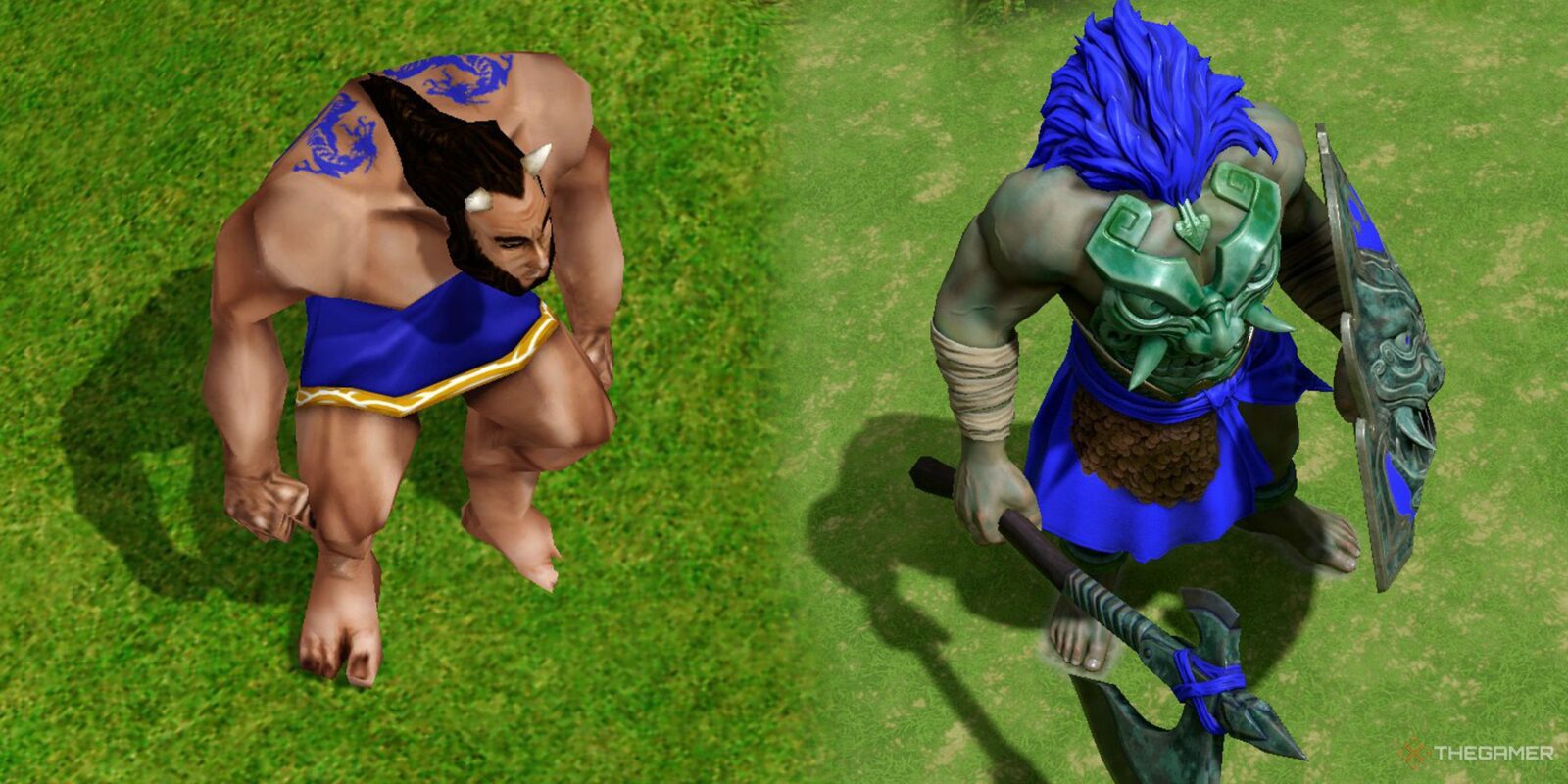
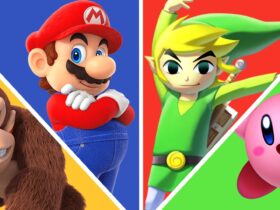
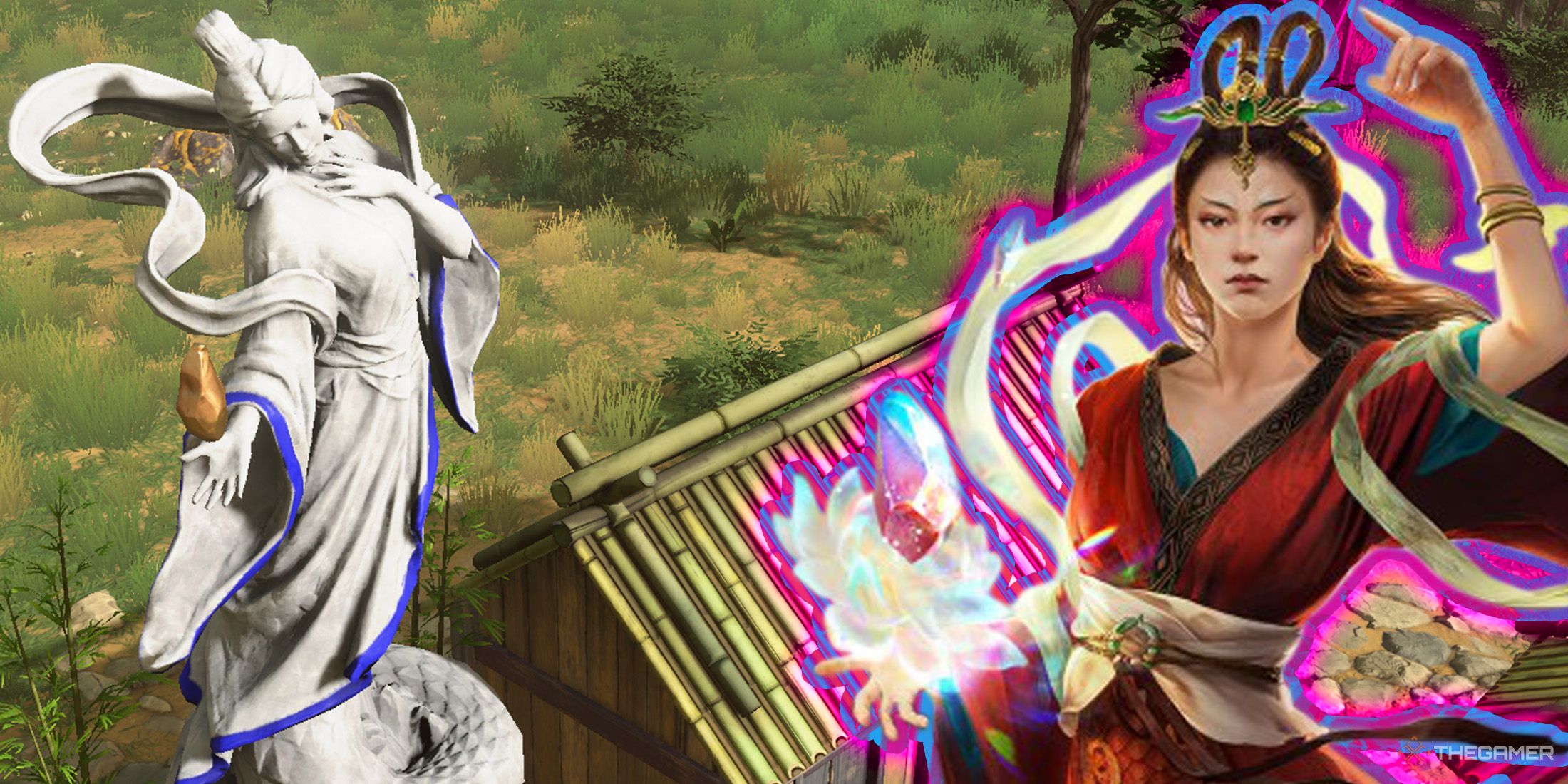

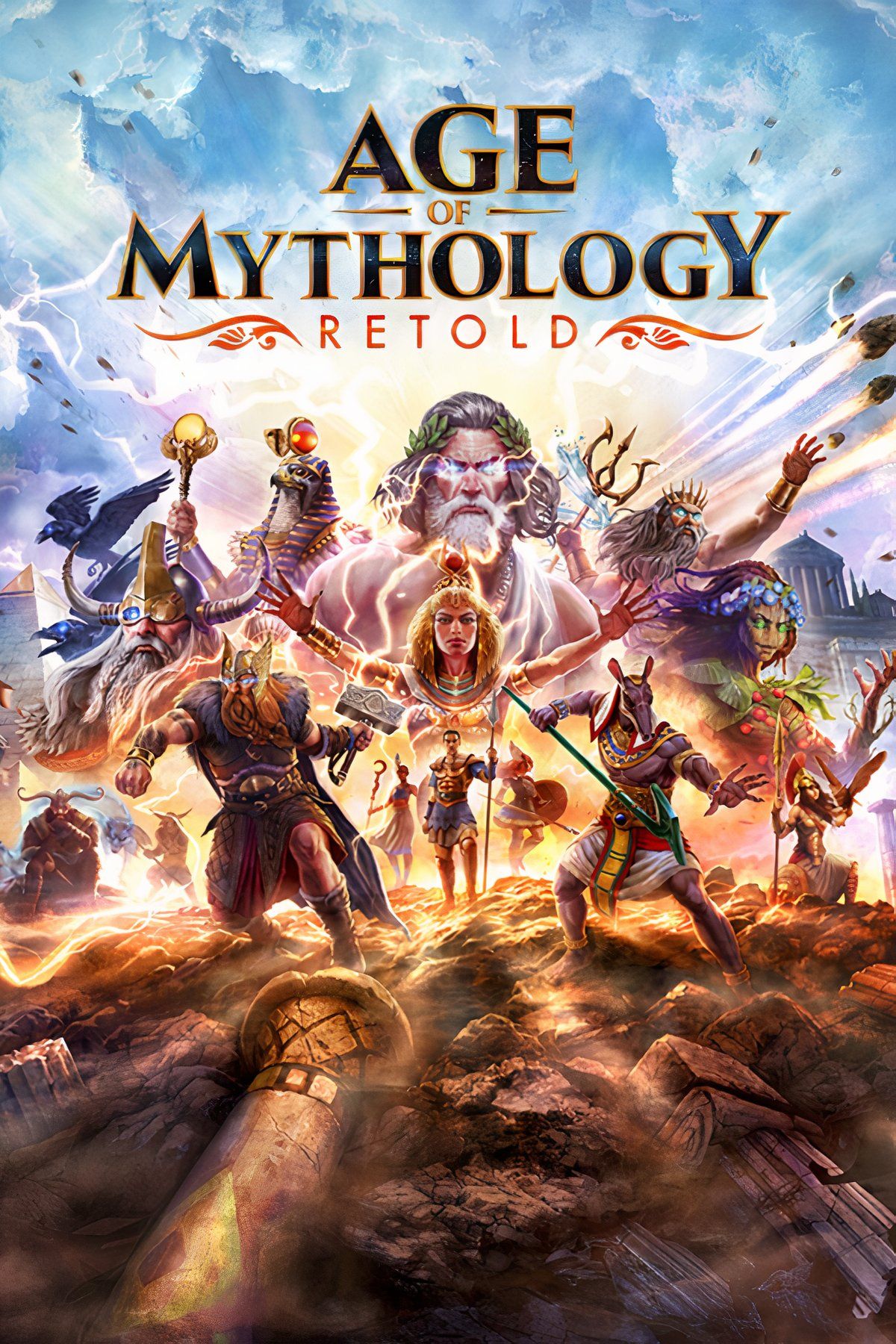


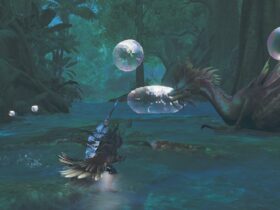


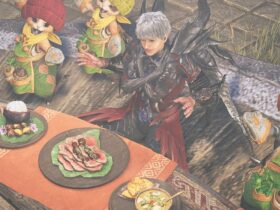

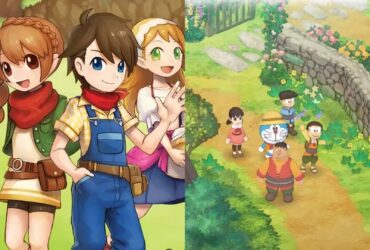

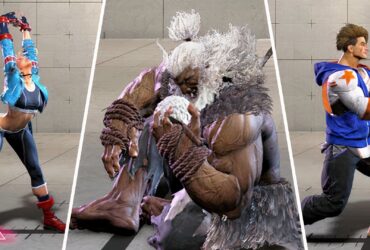
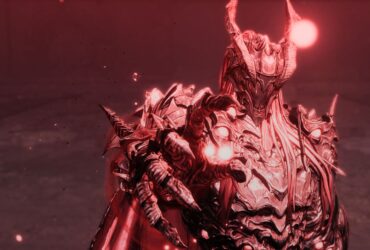

Leave a Reply